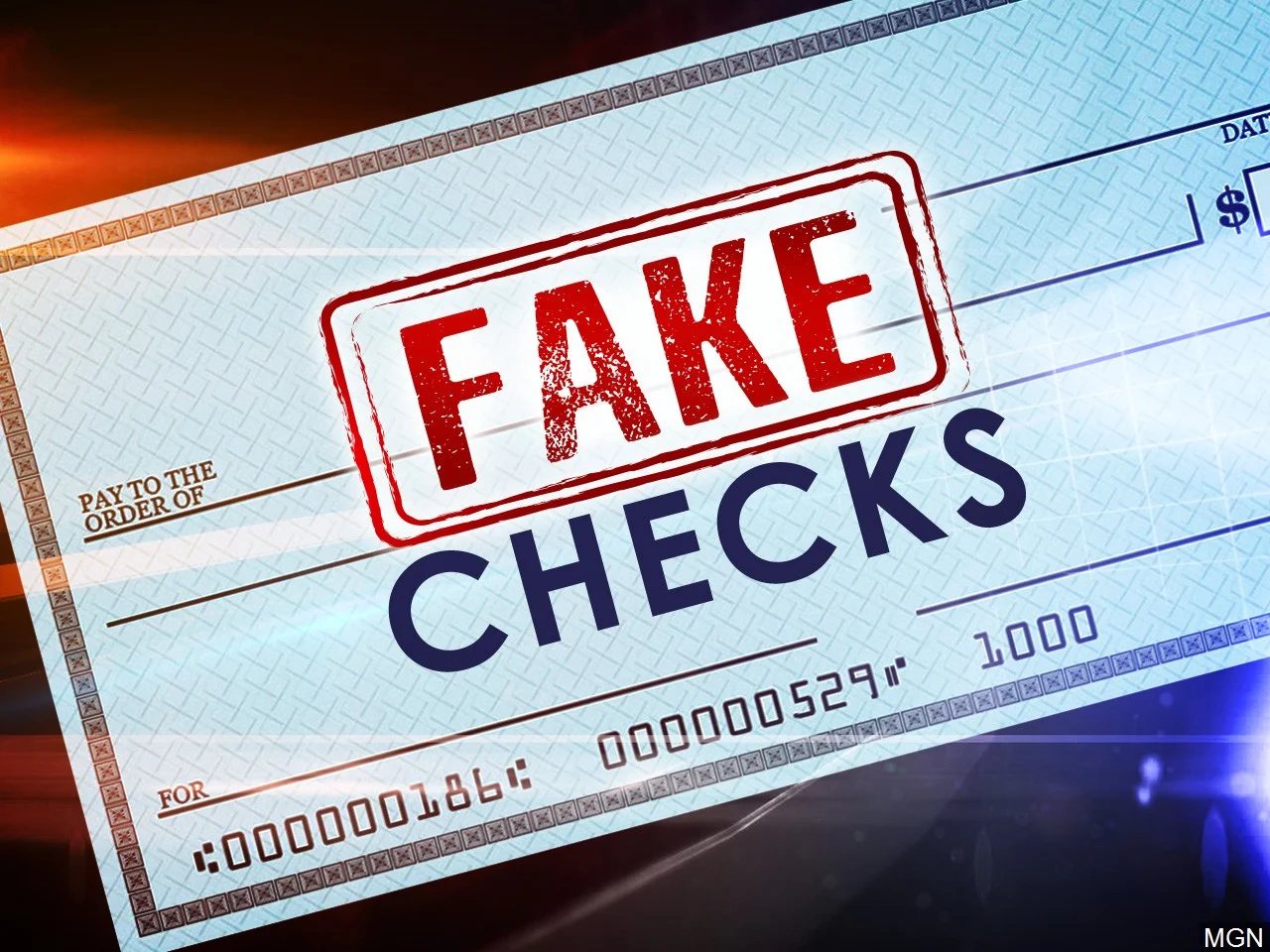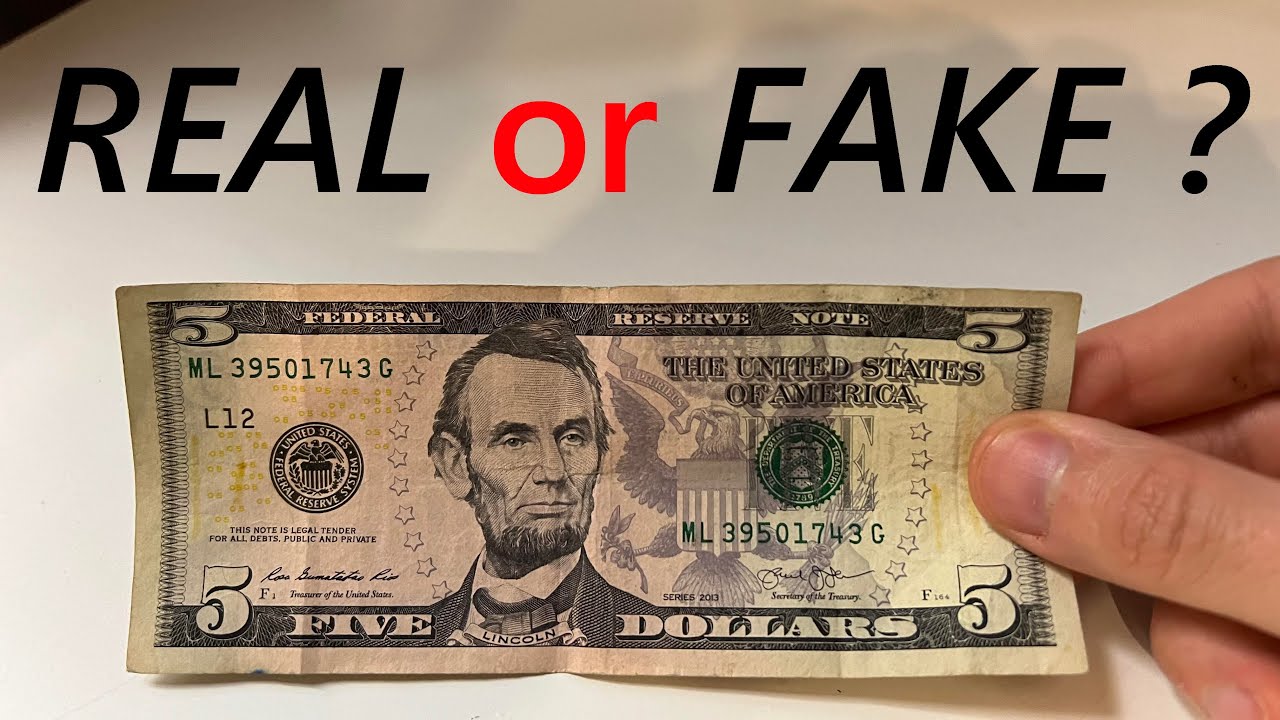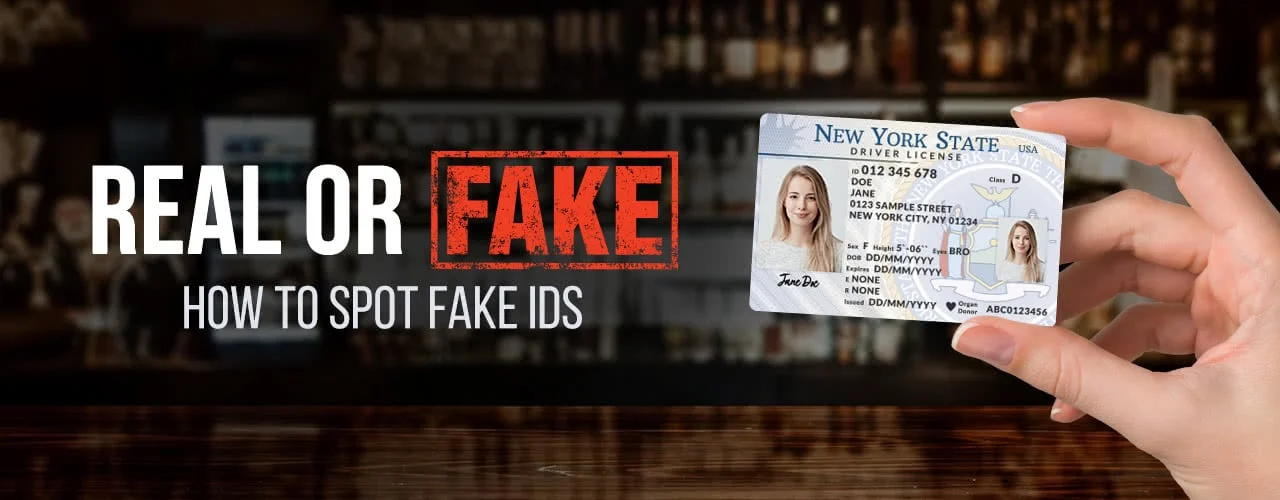How to Know if a Check is Fake
“How to Know if a Check is Fake” Checks are commonly used for various financial transactions, but with the rise of sophisticated scams and counterfeit activities, it has become crucial to ensure the legitimacy of a check before accepting or depositing it. This comprehensive guide aims to equip individuals and businesses with the knowledge needed to identify and verify the authenticity of a check, thereby safeguarding against potential fraud.
I. Understanding the Basics of a Check:
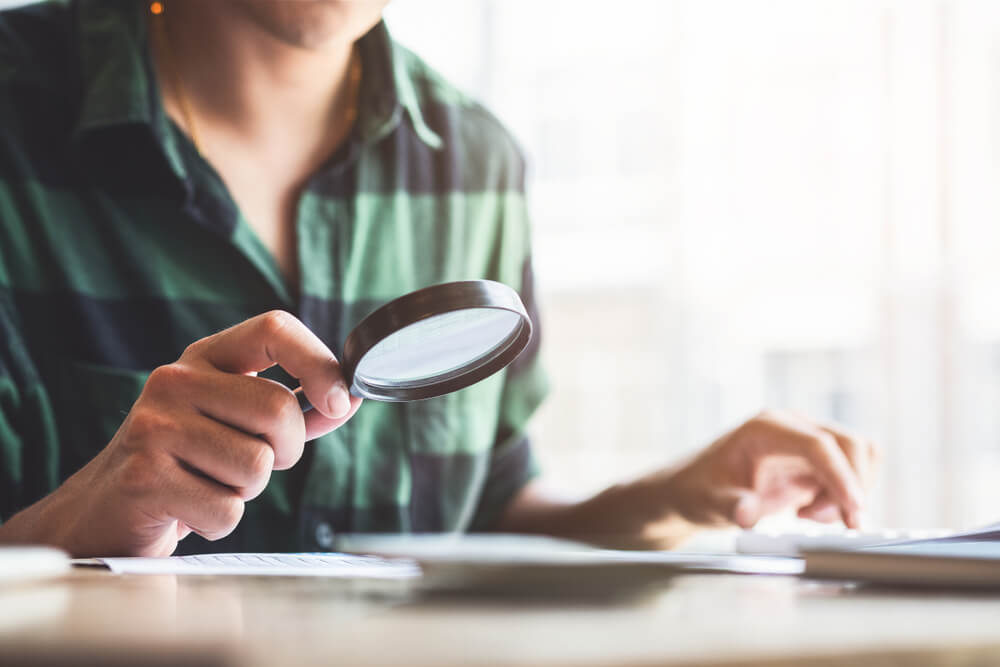
A. Components of a Check:
- Check Design Elements:
- Familiarize yourself with the standard design features of a legitimate check, including watermarks, microprinting, and security threads.
- Check Information:
- Verify that the essential information is present, such as the payee’s name, date, amount (both written and numerical), and the payer’s signature.
II. Security Features:

A. Watermarks:
- Examine the check for watermarks, which are often embedded in the paper during the manufacturing process.
- Legitimate checks usually display a subtle watermark visible when held up to light.
B. Microprinting:
- Check for microprinted text, which is extremely small and difficult to replicate.
- Microprinting is commonly found in specific areas of genuine checks, such as the signature line.
C. Security Threads:
- Authentic checks may have security threads that are either metallic or colored.
- Verify the presence of the security thread and its characteristics, such as changes in color when viewed at different angles.
D. Holograms and Optically Variable Ink:
- Some checks incorporate holographic elements or ink that changes color when tilted.
- Inspect the check for these features to confirm its authenticity.
III. Scrutinizing the Payee Information:
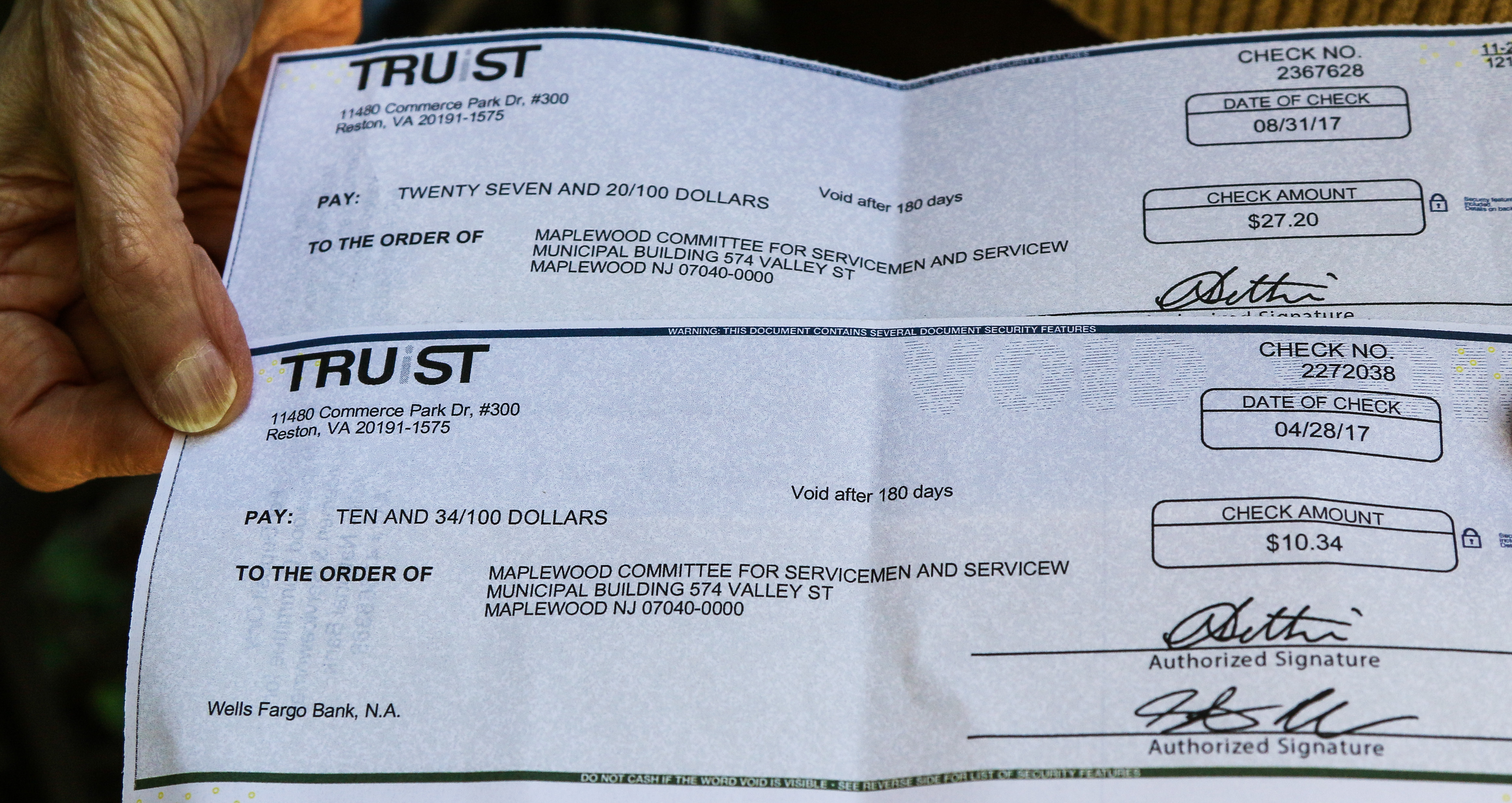
A. Matching Names:
- Ensure that the payee’s name on the check matches the intended recipient’s name.
- Be cautious if the payee’s name is misspelled or if there are discrepancies in the provided information.
B. Check Endorsements:
- Examine the endorsements on the back of the check.
- Verify the authenticity of each endorsement and be wary of any suspicious or irregular signatures.
IV. Employing Technological Tools:

A. Check Scanning Apps:
- Utilize check scanning apps that are designed to verify the authenticity of checks.
- These apps can often detect security features that may be challenging to identify manually.
B. Bank Verification:
- Contact the issuing bank to verify the legitimacy of the check.
- Provide the necessary details, such as the check number and amount, to obtain confirmation from the bank.
V. Red Flags and Warning Signs:

A. Unsolicited Checks:
- Exercise caution when receiving unexpected or unsolicited checks.
- Scammers often send fake checks as part of fraudulent schemes.
B. Overpayment Scams:
- Be wary of checks that exceed the agreed-upon amount.
- Overpayment scams often involve fake checks, and the scammer requests a refund of the excess amount.
Conclusion:
Ensuring the authenticity of a check is paramount in safeguarding financial transactions. By familiarizing yourself with the various security features, scrutinizing payee information, and leveraging technological tools, you can significantly reduce the risk of falling victim to check fraud. Stay vigilant, and when in doubt, seek verification from the issuing bank to protect yourself and your finances from potential scams.
